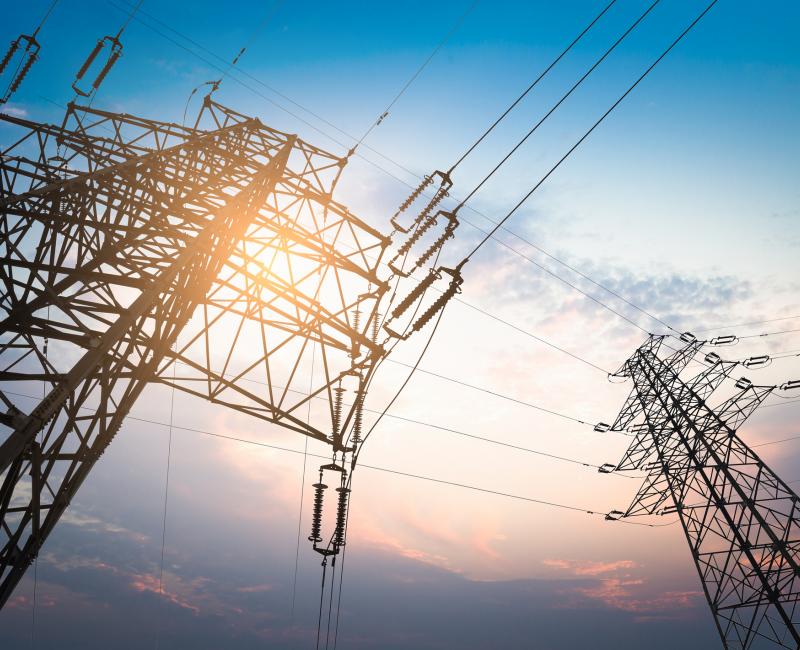ACER’s “70% target report” finds that Member States need to step up efforts to make more electricity interconnector capacity available to trade with neighbours

ACER’s “70% target report” finds that Member States need to step up efforts to make more electricity interconnector capacity available to trade with neighbours
What is it about?
ACER’s “70% target report” (published today) finds that most Member States did not significantly improve, in 2021, the interconnection capacity they make available for trading electricity with their neighbours. Countries need to do more to reach the EU’s minimum 70% interconnector capacity margin available for cross-zonal electricity trading.
What is the minimum 70% target?
The Clean Energy Package set a binding minimum 70% target for electricity interconnector capacity to be available for cross-zonal trading (the “minimum 70% target”).
It applies since 1 January 2020 and requires Transmission System Operators (TSOs) to offer 70% of their capacity available for cross-zonal trading. Member States may adopt transitory measures – action plans or derogations - to reach the target gradually by the end of 2025.
Maximising the cross-zonal electricity interconnection capacity offered to the market allows to bring the cheapest electricity to consumers and is particularly important when countries need to rely on their neighbours for energy security as emphasised by the current energy crisis. It also increases cross-border competition and delivers more renewable energy.
How are Member States doing on the 70% target since 2020?
ACER's latest “70% Target Report" provides an overview of the levels of margins for cross-zonal capacity (called MACZT) compared to the 70% target for 2021, and to the transitional targets set by the national action plans and derogations.
ACER’s report finds that:
-
Compared to 2020, the results remained mostly unchanged except for a few borders and regions. This is consistent with the observed year-on-year changes in tradable capacities.
-
On DC borders, the 70% target was met most of the time on a majority of borders but with some noticeable exceptions.
-
On AC borders, there is still a very diverse picture, with significant room for improvement to meet the 70% target for most regions and borders.
-
As in 2020, most Member States applied derogations and/or actions plans. Compared to 2020, an increasing number of derogations included a transitory target that allows monitoring the progress towards meeting the minimum 70% target.
-
ACER's monitoring depends on TSOs providing robust and extensive data. The quality of the data provided by TSOs to monitor the MACZT continued to improve in 2021 but some important quality issues remained.
ACER calls on:
-
Member States to step up their efforts to make more electricity interconnection capacity available for trading with neighbours
-
TSOs to resolve the quality issues and ensure consistency when providing data
-
TSOs and NRAs to ensure that the derogations always include a transitory target
-
NRAs to ensure that the common monitoring approach agreed between ACER and NRAs is followed
-
NRAs to take the necessary actions to ensure that TSOs always meet the target on all critical network elements.
Access ACER Report on 70% target.


